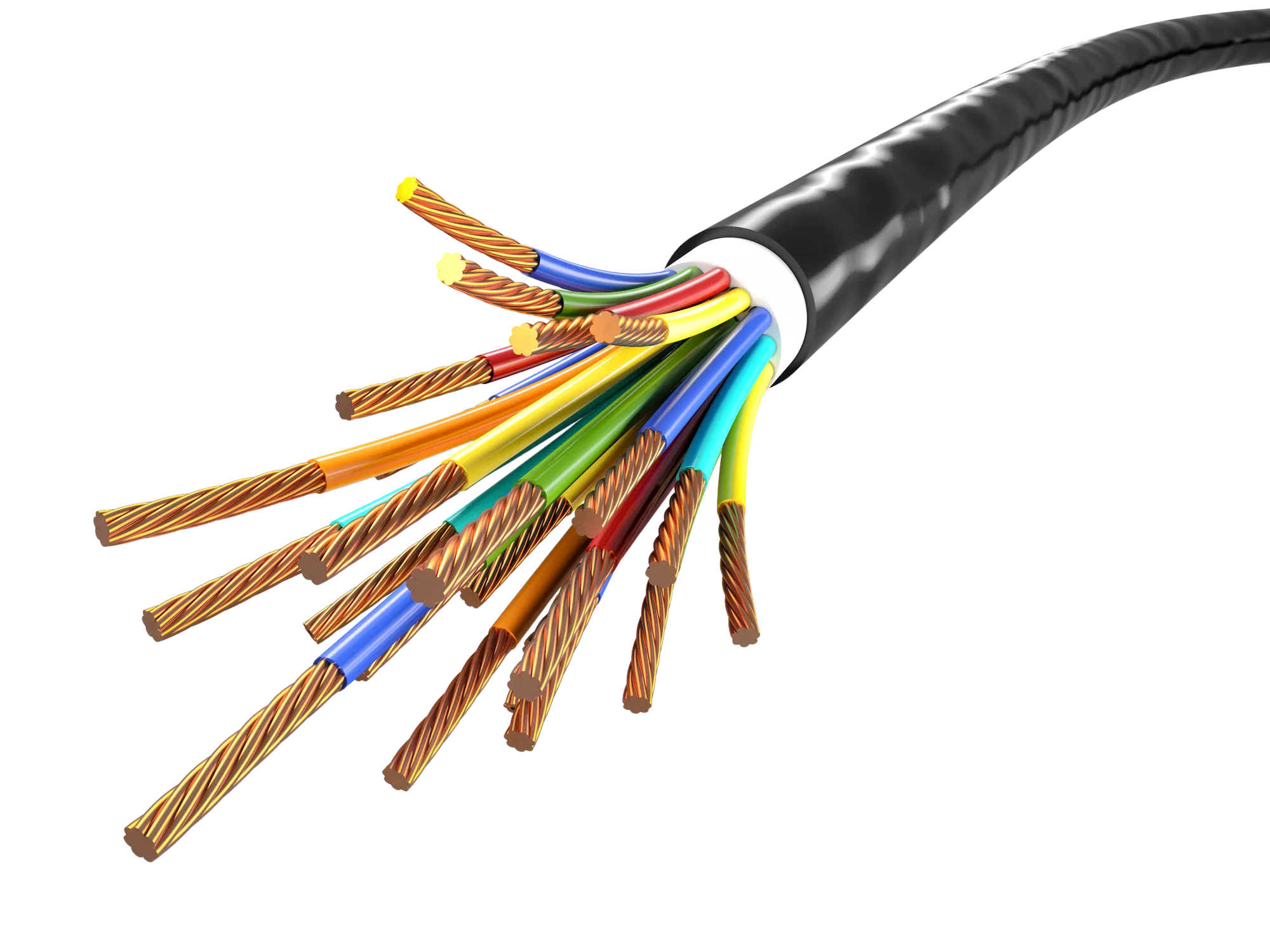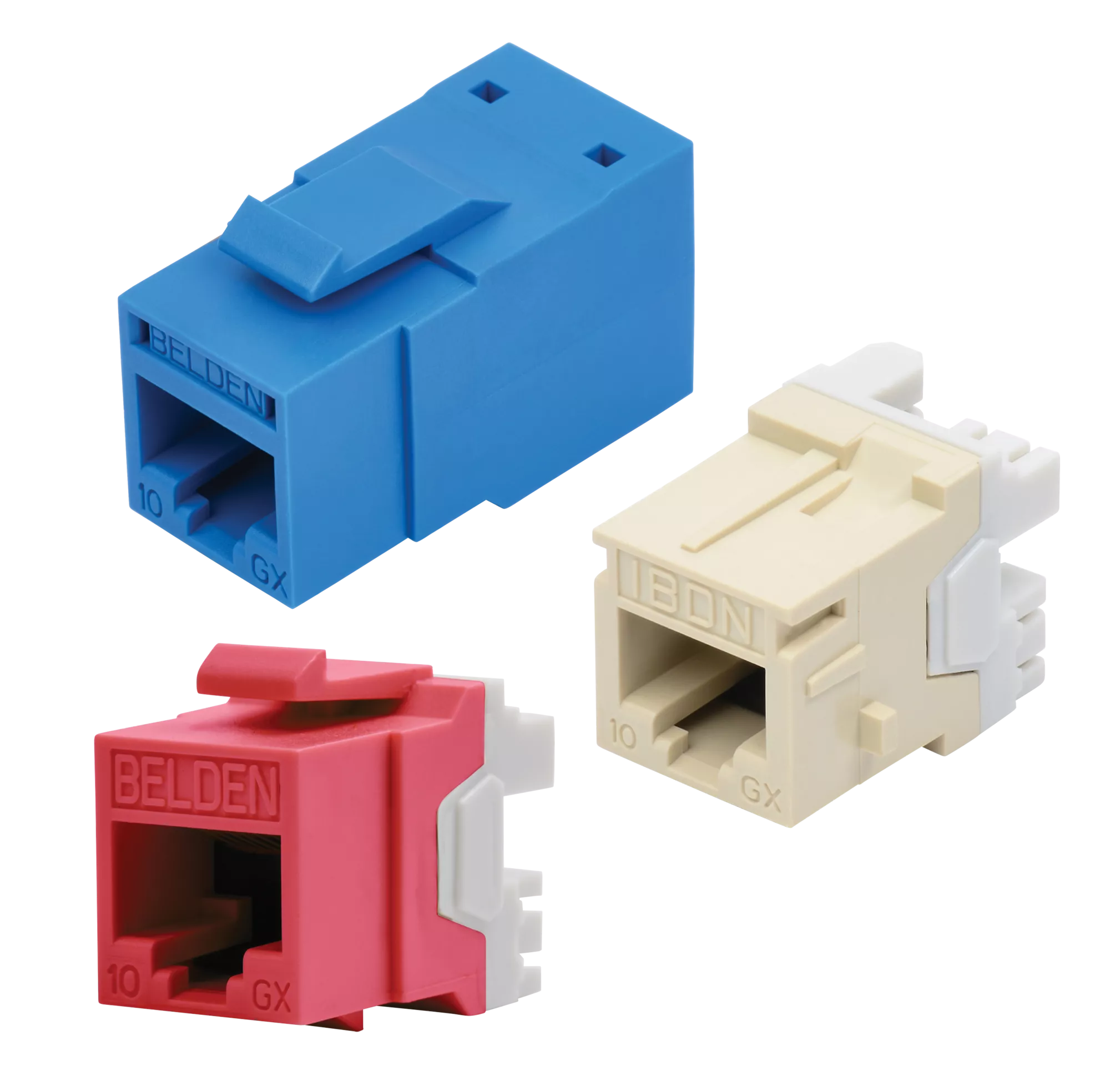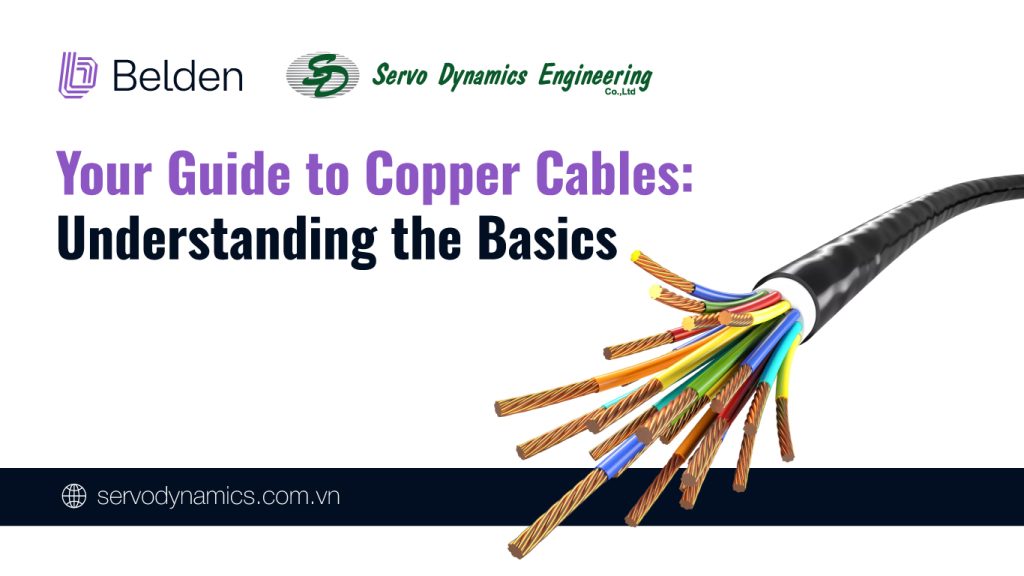Consulting
What is Copper Cables? Structure and Installation
Your Guide to Copper Cables: Understanding the Basics
Even if you’re not a tech expert, understanding copper cables can help you make better decisions for your home or business network. This guide covers the most common questions about copper cable to help you choose, install, and maintain it with confidence.
What are Copper Cables?
Copper cables are electrical conductors made from copper wire that transmit data, voice, and power. They are a staple in Ethernet networks, connecting devices like computers, switches, and routers.
At their core, these cables contain strands of copper—a highly conductive metal—enclosed in protective insulation. Copper’s excellent conductivity and durability have made it a top choice for carrying both analog and digital signals.
In data networks, copper cables are crucial for sending Ethernet signals between devices. They work well over short to medium distances (typically up to 100 meters) and come in different performance categories like Cat5e, Cat6, and Cat6a, each offering faster speeds and better resistance to interference.
While fiber optic cables are often used for high-speed, long-distance applications, copper cables are still dominant in local networks (LANs) because they are affordable, easy to install, and can support Power over Ethernet (PoE), which sends power and data over the same cable.
Wire vs. Cable: What’s the Difference?
While the terms are often used interchangeably, they’re not the same.
- Wire: A single conductor of electricity.
- Cable: A bundle of wires grouped, usually protected by a single outer jacket.
How Do Copper Cables Work?
Copper cables use the conductive properties of copper to transmit data as electrical signals. There are two main types of Ethernet cables found in most networks:
- Permanent Link Cables: These are the long, fixed cables run through walls and ceilings and form the backbone of your network. They make up most of the total cable length in a network channel.
- Patch Cables: These are shorter cables used to connect devices to wall jacks. These are the cables most people see and interact with daily, for example, to connect a computer to the network.

Understanding Gauge Size
The gauge size measures the diameter of the wires inside a cable. This can be a bit confusing because a larger gauge number means a smaller wire diameter. For example, a 24 AWG (American Wire Gauge) cable is much smaller than a 1 AWG cable.
Anatomy of a Copper Cable
Knowing what’s inside a copper cable can help you choose the right one and understand how it works. Every copper cable has these core components:
- Conductor: The part that carries the electrical current to transmit data or power.
- Insulation: A protective layer around the conductor that prevents signal loss and interference.
- Jacket: The outer layer that protects the internal components from physical damage, water, chemicals, and other environmental factors.
Some cables also have additional layers like shielding or armor for extra protection.
Common types of copper cables include:
- Coaxial Cables: These have a single conductor surrounded by insulation and shielding. They are often used for TV and internet connections.
- Category Cables (Cat Cables): These have four pairs of twisted wires. The twisted pairs help reduce interference and are commonly used in Ethernet networks.
The type of insulation and jacket are key factors in cable selection, as they determine where the cable can be safely installed—whether in a standard office or a harsh industrial environment.

Plugs, Jacks, and Couplers: A Simple Guide
These components work together to create a connection but have distinct roles:
- Jacks: These are stationary connection points, like the Ethernet ports you see in a wall or on a patch panel. They are a female interface.
- Plugs: These are the connectors at the end of a cable that plug into a jack. They are a male interface.
- Couplers: These are like double-sided jacks that let you connect two cables.
Patch panels often act as central hubs where cables are organized. The permanent link cables are terminated into jacks on the back of the panel, and patch cables with plugs are used to connect devices to the front of the panel.
Making the right choices for your copper cable setup starts with understanding these basics. This foundational knowledge not only helps you choose the right cables but also ensures a reliable and secure network.
Copper Cable Installation: Best Practices for Optimal Performance
Even with the right copper cable, poor installation can cause problems. Understanding a few simple rules can prevent common mistakes and ensure your network performs at its best.
3 Common Installation Mistakes to Avoid
- Nicking a Conductor: Even a tiny nick can cause big problems. It can increase electrical resistance, which slows down data transmission and creates a weak spot in the cable. This can lead to heat buildup, damage, or even complete failure. Using the wrong tool, like electrician’s scissors, is a frequent cause of this mistake.
- Flattening the Cable End: Using a tool to flatten the end of a cable before installing a connector is a common shortcut. However, this can compress the wires, changing their electrical properties and making it harder to get a good connection.
- Pulling Cables Too Hard: Trying to force a bundle of cables through a tight space can stretch and damage the wires inside. This can cause slow speeds, intermittent connections, and even break the cable. If a bundle doesn’t fit, it’s better to reduce the number of cables or find a larger pathway.
Simple Best Practices for Installation
Following these simple rules can make a big difference in the long-term performance of your network:
- Use the Right Tools: Avoid using electrician’s scissors to score the cable jacket, as this can easily nick the conductors. Instead, use a proper stripping tool designed for the specific type of cable you are working with.
- Be Gentle with the Wires: Don’t use tools to straighten the conductors. This can flatten them, which changes the electrical properties of the cable and can lead to performance issues.
- Avoid Kinks: Kinking a cable can break the internal wires and weaken the entire structure, leading to signal loss and permanent damage.
- Never Over-pull: Pulling too hard can stretch the cable jacket and the conductors inside, which impacts electrical resistance and signal quality. It’s best to pull cables with minimal tension.
- Pull Correctly from the Box: Pull the cable straight out from the box to avoid tangles and knots. Pulling loops of cable out can cause it to twist and put stress on the cable, potentially damaging it.
Making the right choices for your copper cable setup starts with understanding these basics. This foundational knowledge not only helps you choose the right cables but also ensures a reliable and secure network.
Servo Dynamics Engineering: Authorized Distributor of Belden in Vietnam
To ensure you have the best copper cables for your network, it’s crucial to choose a trusted supplier. Servo Dynamics Engineering is the Authorized Distributor of Belden in Vietnam, offering high-quality Belden products. Belden is a globally recognized brand known for its reliable and high-performance copper cables and connectivity solutions. By choosing an authorized distributor like Servo Dynamics Engineering, you can be confident you’re getting genuine, high-quality products that will support a strong and reliable network.

 Tiếng Việt
Tiếng Việt



